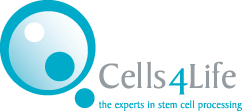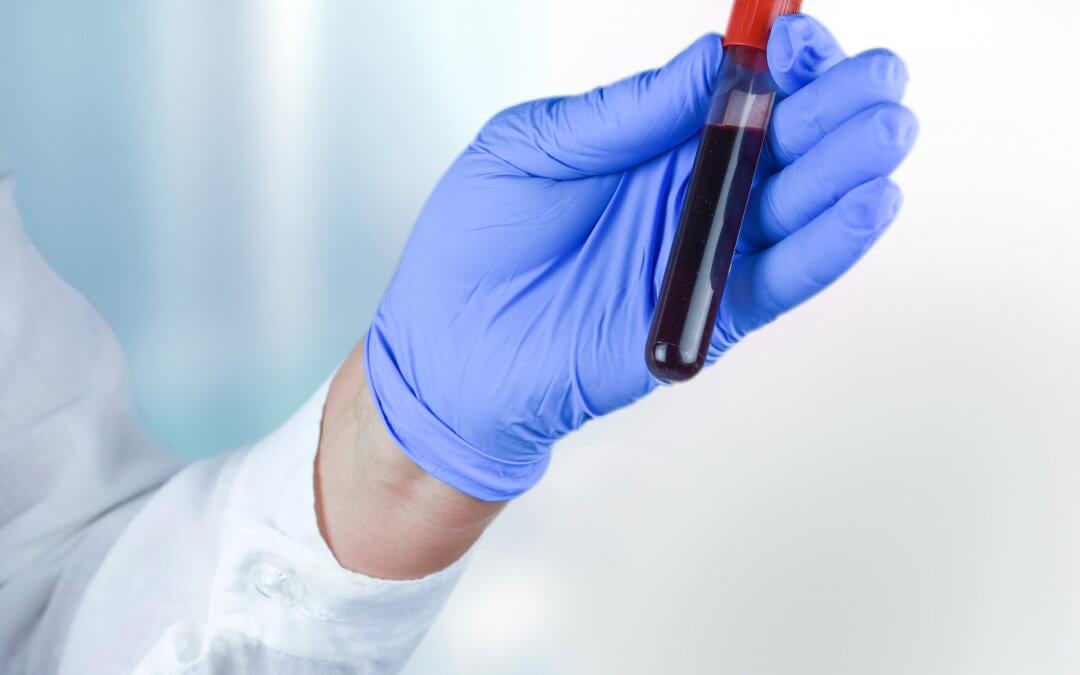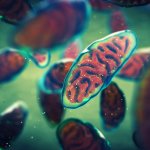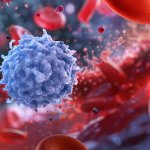After two planned transplants from unrelated donors fell through at the very last minute, Australian three-year-old Tommy Bacon is now in remission from a rare, dangerous form of leukaemia following a transplant of the stem cells from his baby sister’s cord blood.[1]
Tommy’s story
Tommy fell ill not long after his parents discovered they were expecting a second child – a baby girl. When he first started showing signs of illness, his parents and their doctor were not immediately alarmed. They assumed it was just a case of the usual germs picked up at daycare, which he had recently begun attending.
After he developed tonsillitis during a family trip to the UK in May 2023, however, his parents took him to the hospital and insisted he should be admitted. Tests eventually revealed that he had leukaemia. More specifically, he had a form of the disease called juvenile myelomonocytic leukaemia (JMML). What’s worse, he had one of the most high-risk, aggressive variants.
JMML is incredibly rare, with only 1-2 children out of one million being diagnosed with it every year[2]. A stem cell transplant is the only curative treatment option. Without a transplant, however, a child with an aggressive variant of JMML could survive for less than a year.[3]
The search for a donor
Australia’s donor registry had no donor compatible with Tommy, so his parents started a donor drive. Eventually, an international donor was found. Unfortunately, however, the donor pulled out of the donation process a week before Tommy was due to start his pre-transplant chemotherapy.
By then, Tommy’s baby sister’s due date was fast approaching, and his parents booked a date for the induction. On the day they were going into hospital, a phone call came that a second donor had been found for Tommy. Still, they decided to have their baby girl’s cord blood collected and stored with an Australian cord blood bank, just in case – although they knew it wasn’t guaranteed that she would be a match for Tommy.
Not long after baby Aria’s birth, the second donor, too, pulled out. The family was heartbroken.
A search for a third donor got underway, but Tommy didn’t have long. Because of this, a decision was made to prepare Tommy’s dad as a half-matched (haploidentical) donor. Such a transplant would not have been ideal, since haploidentical transplant recipients are at higher risk of developing post-transplant complications[4]. Absent a perfect match, though, this was Tommy’s last hope.
Then, the cord blood bank called: they had tested Aria’s cord blood, and she was a perfect match for Tommy.
Within a few weeks, Tommy received his transplant. Four months later, he was in remission.
The importance of family cord blood banking
Tommy’s story highlights the importance of family stem cell banking. By choosing to bank your baby’s cord blood stem cells, they will always be ready and waiting should your baby, or another family member, need them.
Their cord blood stem cells are guaranteed to be their own perfect genetic match. There is also a 25% chance they will be a perfect match for a sibling, and a 50% chance of a partial match. Moreover, they are always a partial match for both parents. This is why it can be so important to bank cord blood for every baby in the family, rather than just one.
Stem cells are being heavily investigated in the field of regenerative medicine to treat a wide variety of illnesses and injuries that are currently considered incurable. There are over 7500 clinical trials currently investigating both autologous (a patient’s own stem cells) and allogeneic (donor stem cells) uses of stem cells, in the hopes of developing new therapies.
These therapies aim to take advantage of the regenerative qualities of stem cells to aid in healing injuries such as spinal cord damage, heart disease, brain injury, arthritis and type 1 diabetes.
By saving your baby’s cord blood stem cells, you can give your baby and family a better chance of accessing these therapies, should they need one in the future.
“I would strongly recommend that if you’re thinking about getting cord blood collected, do it!” says Tommy’s mum, Kylie. “If it can change a life in such a huge way, why would you not?”[5]
To find out more about how cord blood banking works, and how it could safeguard your family’s health, fill in the form below to request a free welcome pack.
References
FIND OUT MORE, REQUEST YOUR WELCOME PACK TODAY
All you need to know to make an informed decision.
Provide your contact details to request:
– Complete Welcome Pack and Parent’s Guide
– Information via email
– Contact from our specialist advisors









